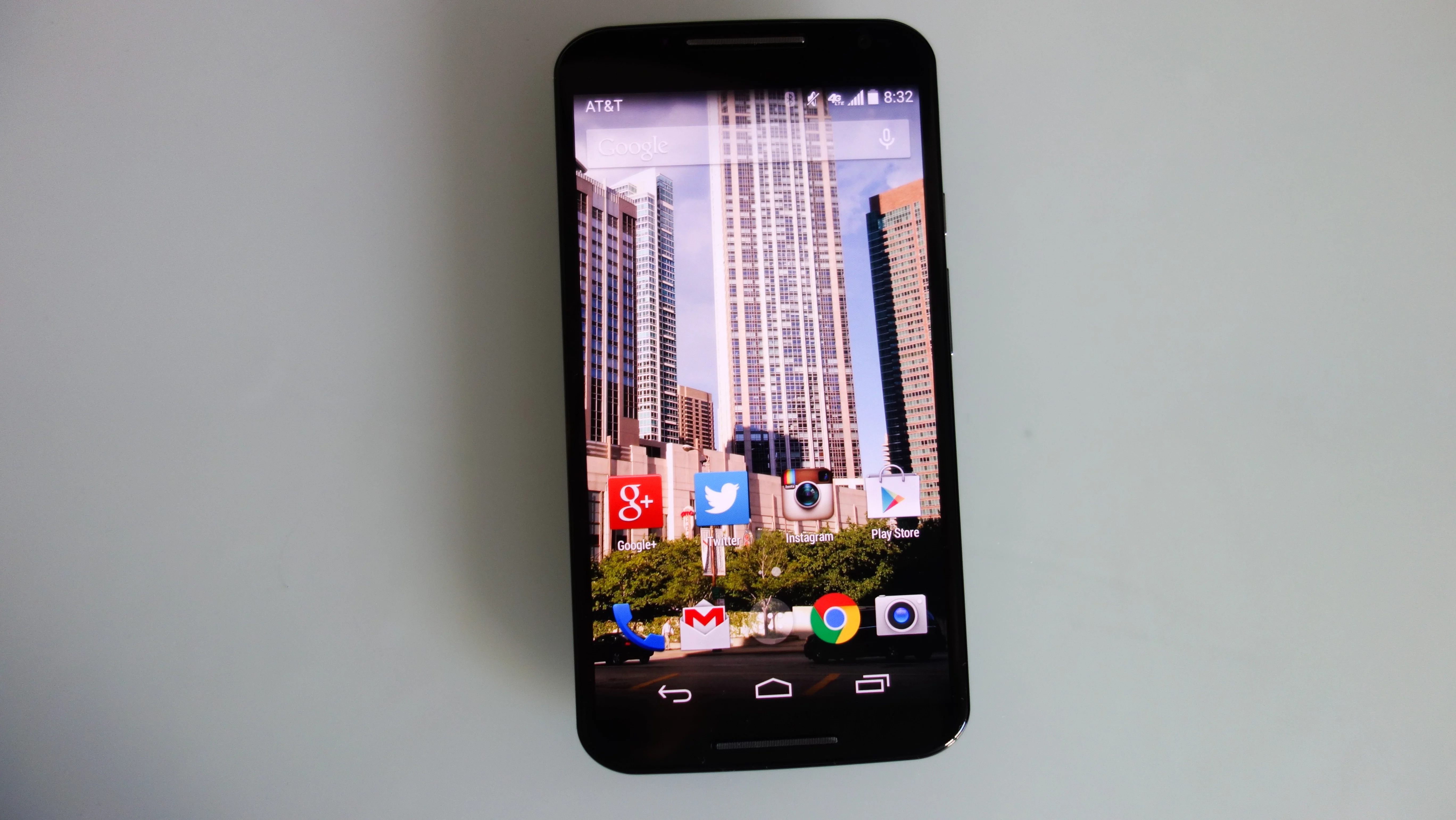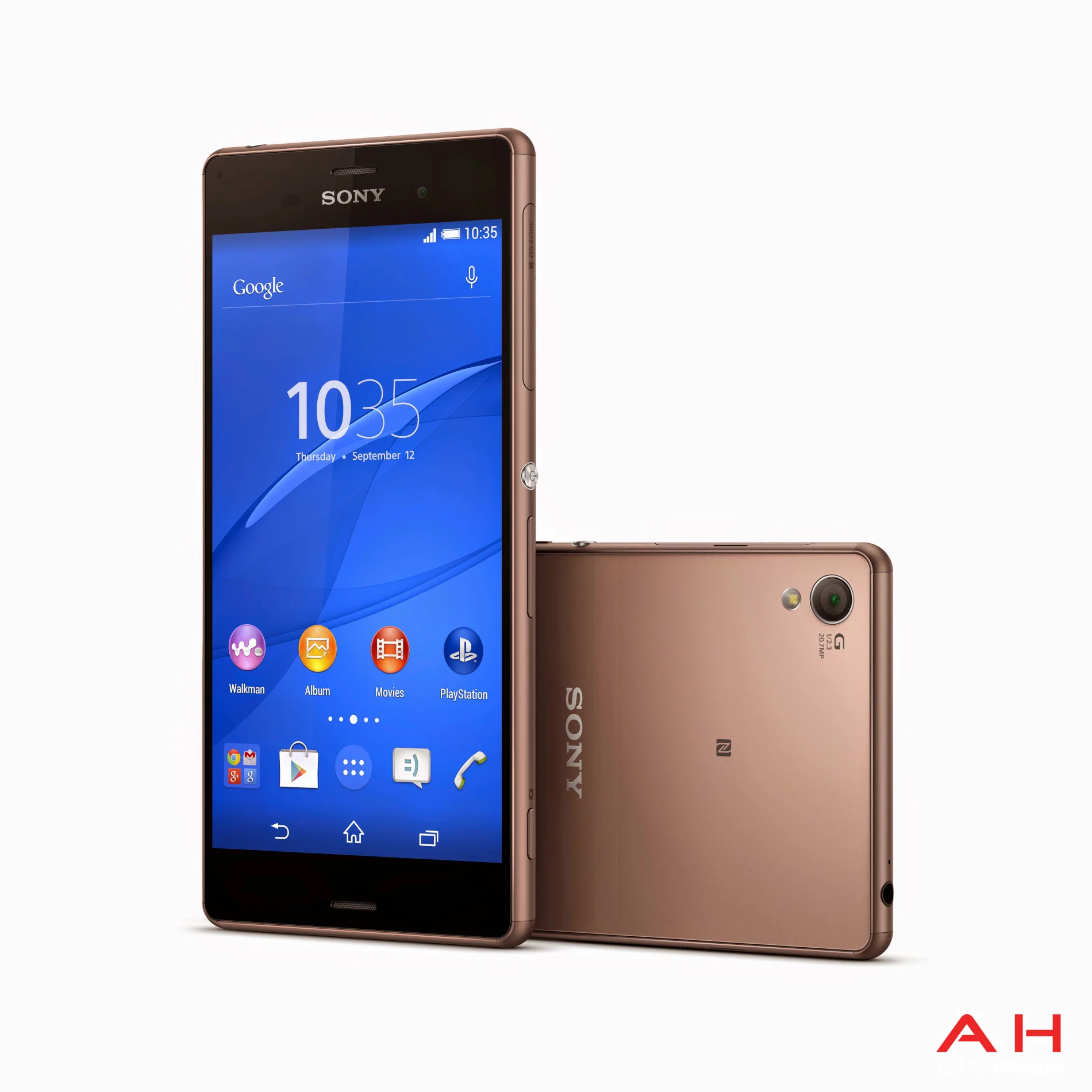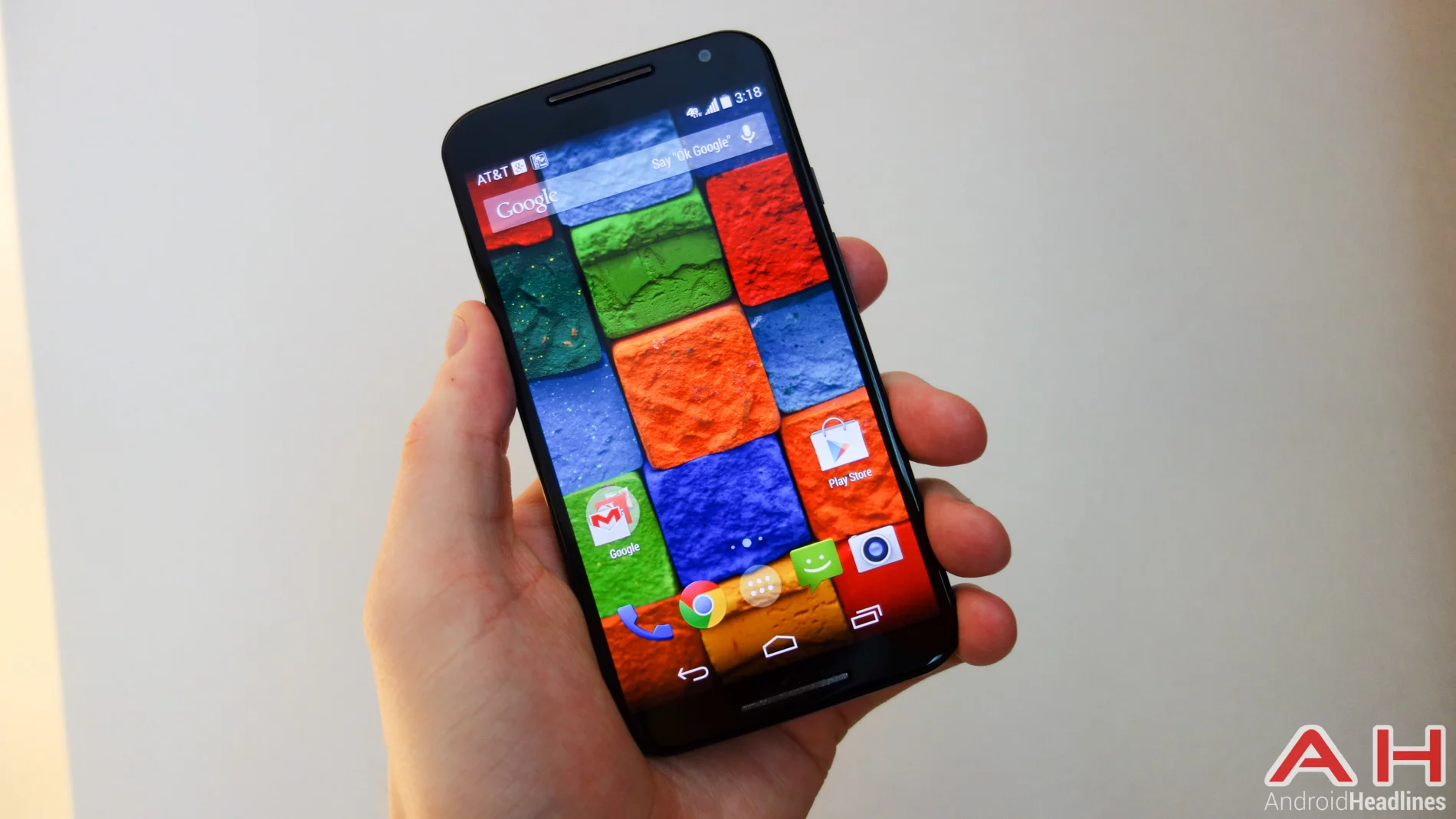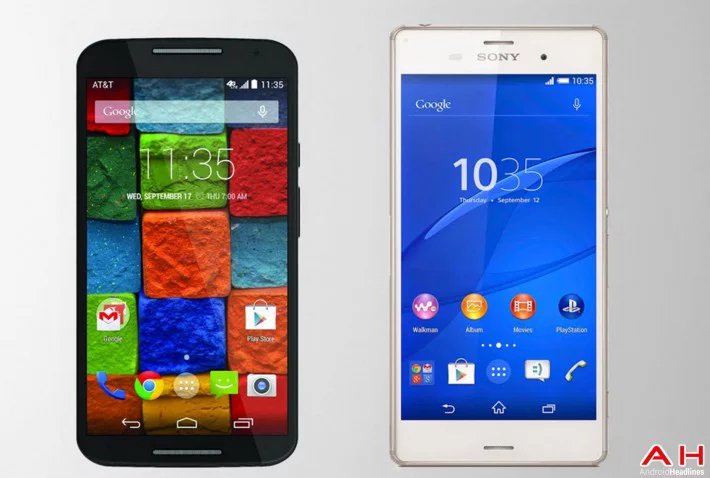Introduction
Here is a battle of two of the newest smartphones on the market – the new Moto X introduced in Chicago the first week of September and the Sony Xperia Z3 announced the same week at IFA Berlin. This is also a tale of two companies as Motorola choose to really update their Moto X from its predecessor, whereas Sony barely made any changes from the Xperia Z2, of course it was only released about 6 months ago.
The new Moto X and Xperia Z3 actually have quite a bit of the important stuff in common with one another. Let’s start with the display – both devices are 5.2-inch Full HD displays, which means they will give you 1920 x 1080 resolution with approximately 424 Pixels-Per-Inch (PPI). The main difference is that Motorola uses the AMOLED technology while Sony uses the IPS LCD technology and this does make a difference in your viewing experience. The AMOLED display will give you a lot more contrast and brighter colors, but if not bright enough it is tougher to see in the daylight than the LCD display.
Now let’s talk about the fact that they also have the exact same Qualcomm Snapdragon 801 quad-core processor clocked at 2.5GHz. They both have 16GB or 32GB models and they are both about the same size and weight, although the new Moto X has a curved back, so its thickness ranges from 3.8 – 9.9mm while the Xperia Z3 is a straight, slim 7.3mm. They both use Android 4.4.4 KitKat and they each have their own UI. Please take a look at the specifications below and you can see where these devices are similar and where they differ. After that we will take a closer look at each individual device and determine where they differ and which one deserves to win this comparison.
Specifications

Moto X (2014)

The new Moto X is a beautiful device, especially with the leather or wood back – those curves make it so comfortable to hold for long periods of time. The metal frame and the curved back make for a solid and quality build. Motorola not only stretched the new Moto X in every direction, but more importantly, they increased the quality and technology.
The new Moto X retains its 2GB of RAM, but that seems to be all Motorola needs to run their near pure Android and optimized hardware and software. One thing Motorola does not like to do is include a microSD card slot – they prefer that you use the cloud to store your photos and music files. Motorola has never been known for great cameras – they always seemed to be an afterthought – but they upped the ante in the new Moto X. They put in a 13MP with auto-focus and a unique Ring Flash with dual-LEDs – the flash actually wraps around the camera lens.
The new Moto X includes only a 2,300mAh battery, but again, Motorola is very good at squeezing out every last ounce from their batteries. Besides their great ‘always on’ software, they included 4 microphones to cancel background noise on phone calls, they include a huge front mounted speaker that may be as good as the HTC One M8. The new Moto X has a nano-coating for some water resistance and an optional Turbo Charger that costs $34.99 that will use the built-in Qualcomm Quick-Charge capability – for a 15-minute charge you will get 8 hours of usage. Motorola makes great radios and they designed Dynamic Tuning for the Moto X which changes the reception based on where your hand is on the device.
Pricing is good as well with a $499 no contract price and only $99 on a two-year deal.
Sony Xperia Z3

The Sony Xperia Z3 is very much like the Z2 before it, with a few improvements, although it retains the Xperia ‘look’ – which is to say it is quite attractive and solidly constructed. It has a metal frame and a glass backing and, of course, a glass front, however, its squared off shape can be hard to hold for long periods of time.
In the spec department, the Xperia Z3 has 3GB of RAM versus the 2GB of RAM found in the Moto X. The Z3 also has a microSD card slot to add up to an additional 128GB of internal storage – more than enough to store your pictures, music and videos. The main camera is the same 20.7MP as the Z2, with the exception that Sony made it a 25mm wide-angle lens, which allows the user to squeeze more into the viewfinder and hence the photograph. It also comes with an LED Flash and auto-focus.
The Xperia Z3 has a much larger battery at 3,100mAh versus the smaller 2,300mAh of the Moto X. Sony put in stereo speakers for a great sound, an FM Radio and Quick Charger that will give you 60 minutes of use out of a 10-minute charge. It also has IP68 certification, which means it will remain dust-free and is waterproof – much more protection than the nano-coating on the new Moto X. One thing of note is that Sony is selling a separate controller that allows your Xperia Z3 to become a remote PS4 display.
The Xperia Z2 never found a home on the U.S., however, T-Mobile agreed to be the exclusive distributor of the Z3, but it will not be cheap – Sony smartphones never are – and could be about $800 off-contract.
…And the Winner is…

Summary
The winner of this comparison has to be the new Moto X – from its smooth and sexy looks to the specifications – but it’s the technical advances that really add up. I am taking about 4-microphones for noise cancelling during phone calls. The wonderfully sounding new speaker, mounted on the front of the device is a fine upgrade. Another technical marvel is the Dynamic Tuning, developed by Motorola. With the new antenna, depending upon where you hold the Moto X, the signal will change to the most advantageous place on the remaining antenna – it is said to increase the signal strength by up to 500 times! Not that I favor paying $35 for the Turbo Charger, however, 8 additional hours for a 15 minute charge for a one-time $35 charger, may be a great bargain after all.
The Sony Xperia Z3 is the best phone that Sony has made, and it is a great smartphone – but with both devices so close in specs, it is the little things that matter. The new Moto X shows that Motorola really cared about the design of the device and with a near Nexus experience, translates to receiving some of the quickest Android updates. The new Moto X is our winner in this comparison. Please hit us up on our Google+ Page and let us know which phone you feel should win this competition and why…as always, we would love to hear from you.

